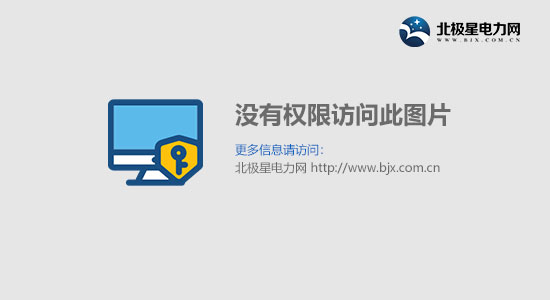职称英语理工类2006年c真题:完形填空

第6部分:完形填空(第51~65题,每题1分,共15分)
下面的短文有15处空白,请根据短文内容为每处空白确定1个最佳选项。
Vibrating Rubber Cellphones
Vibrating rubber cellphones could be the next big thing in mobile communications. They allow people to press the phone 1:o transmit vibrations along with their (51) words. According to a research team at the MIT Media Lab in Cambridge, Massachusetts, the idea will make (52) more fun.
Many mobile phones can already vibrate instead of ringing (53) you do not want people to know you are getting a call. But these (54) are too simple for subtle (敏感的) communication, (55) Angela Chang of the labs Tangible Media Group. Theyre either on or off, she says.
But when you hold Changs rubber cellphone, your fingers and thumb wrap around five (56) speakers. They vibrate (57) your skin around 250 times per second. Beneath these speakers sit pressure sensors (传感器), so you can transmit vibration as well as (58) it. When you squeeze with a finger, a vibration signal is transmitted (59) your callers corresponding finger, its speed (60) on how hard you squeeze.
Chang says that within a few minutes of being given the phones, students were using the vibration feature to (61) emphasis to what they were saying. Over time, people even began to transmit their own kind of ad hoc (特别的)Morse code, which they would repeat back to show they were (62) what the other person was saying.
Chang thinks vibralanguages could function for the same (63) as texting: sometimes people want to communicate (64) without everyone nearby knowing what theyre saying. And (65) actually being able to shake someones hand when you close a business deal, she says.
51 A.taken B.mixed C.spoken D.broken
52 A.phoning B.touching C.working D.asking
53 A.since B.where C.though D.when
54 A.vibrations B.instructions C.texts D.callings
55 A.answers B.says C.interrupts D.tells
56 A.loud B.native C.tiny D.large
57 A.on B.above C.over D.against
58 A.using B.turning C.receiving D.sending
59 A.for B.to C.from D.with
60 A.dependsB.bases C.puts D.focuses
61 A.change B.add C.switchD.shift
62 A.controlling B.asking C.discussing D.following
63 A.fact B.plan C.reason D.trip
64 A.something B.anything C.nothing D.thing
65 A.look B.imagineC.suppose D.assume
第6部分:完形填空(第51~65题,每题1分,共15分)
下面的短文有15处空白,请根据短文内容为每处空白确定1个最佳选项。
Vibrating Rubber Cellphones
Vibrating rubber cellphones could be the next big thing in mobile communications. They allow people to press the phone 1:o transmit vibrations along with their (51) words. According to a research team at the MIT Media Lab in Cambridge, Massachusetts, the idea will make (52) more fun.
Many mobile phones can already vibrate instead of ringing (53) you do not want people to know you are getting a call. But these (54) are too simple for subtle (敏感的) communication, (55) Angela Chang of the labs Tangible Media Group. Theyre either on or off, she says.
But when you hold Changs rubber cellphone, your fingers and thumb wrap around five (56) speakers. They vibrate (57) your skin around 250 times per second. Beneath these speakers sit pressure sensors (传感器), so you can transmit vibration as well as (58) it. When you squeeze with a finger, a vibration signal is transmitted (59) your callers corresponding finger, its speed (60) on how hard you squeeze.
Chang says that within a few minutes of being given the phones, students were using the vibration feature to (61) emphasis to what they were saying. Over time, people even began to transmit their own kind of ad hoc (特别的)Morse code, which they would repeat back to show they were (62) what the other person was saying.
Chang thinks vibralanguages could function for the same (63) as texting: sometimes people want to communicate (64) without everyone nearby knowing what theyre saying. And (65) actually being able to shake someones hand when you close a business deal, she says.
51 A.taken B.mixed C.spoken D.broken
52 A.phoning B.touching C.working D.asking
53 A.since B.where C.though D.when
54 A.vibrations B.instructions C.texts D.callings
55 A.answers B.says C.interrupts D.tells
56 A.loud B.native C.tiny D.large
57 A.on B.above C.over D.against
58 A.using B.turning C.receiving D.sending
59 A.for B.to C.from D.with
60 A.dependsB.bases C.puts D.focuses
61 A.change B.add C.switchD.shift
62 A.controlling B.asking C.discussing D.following
63 A.fact B.plan C.reason D.trip
64 A.something B.anything C.nothing D.thing
65 A.look B.imagineC.suppose D.assume









